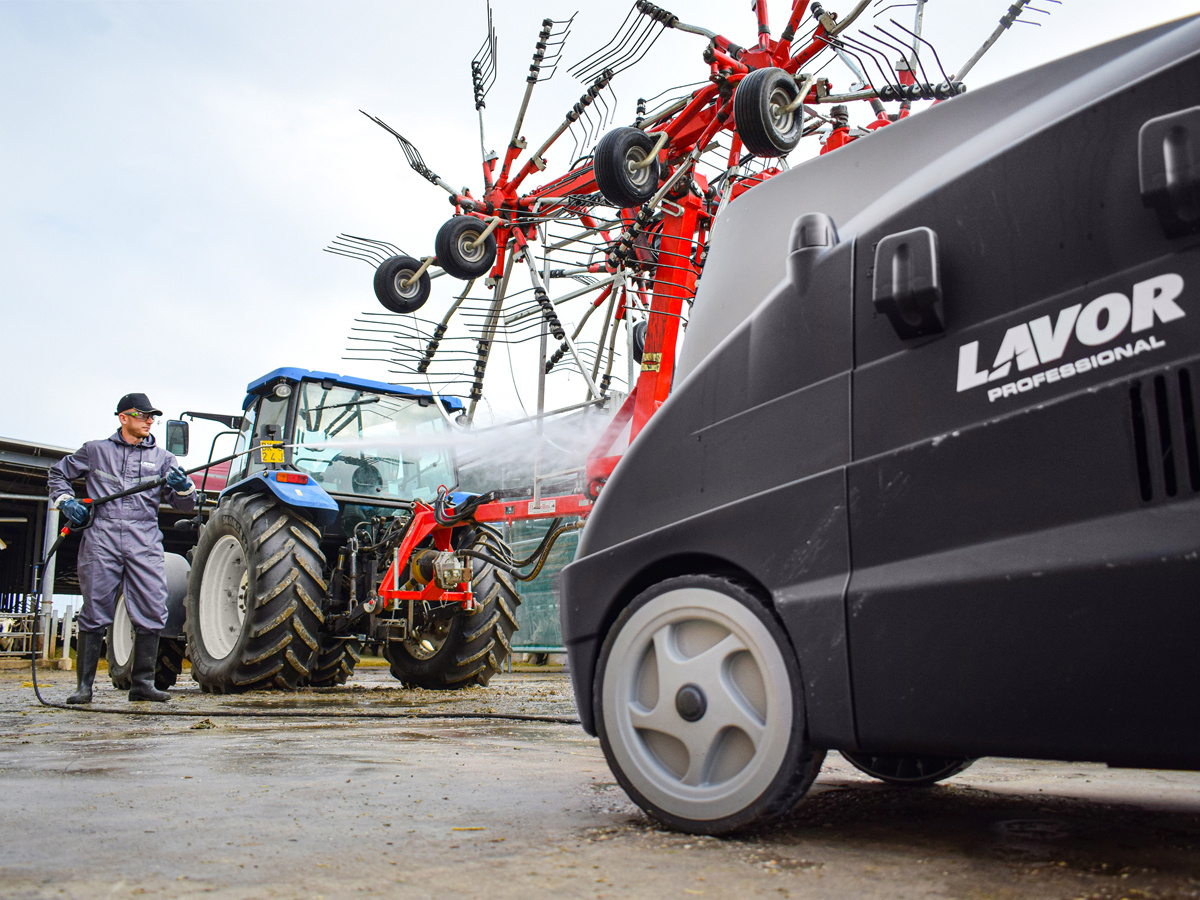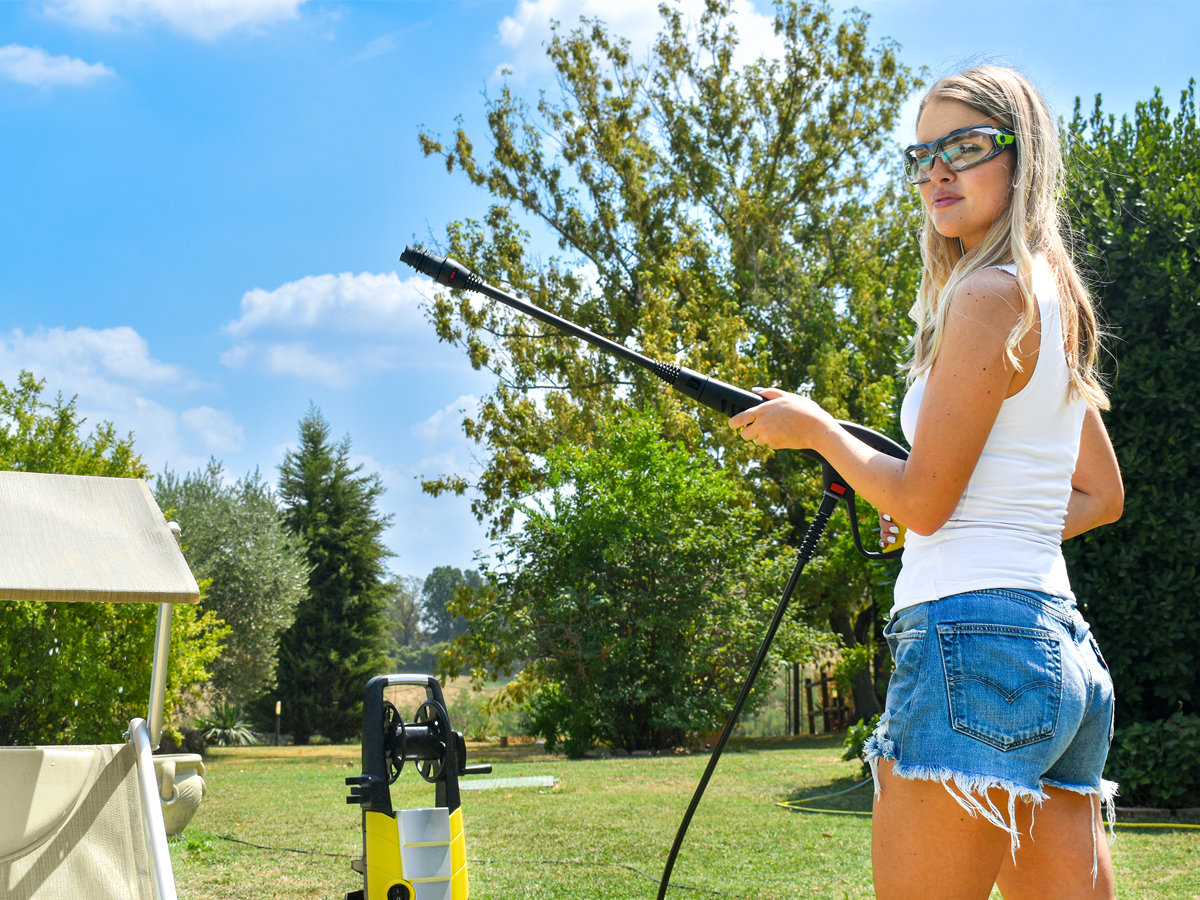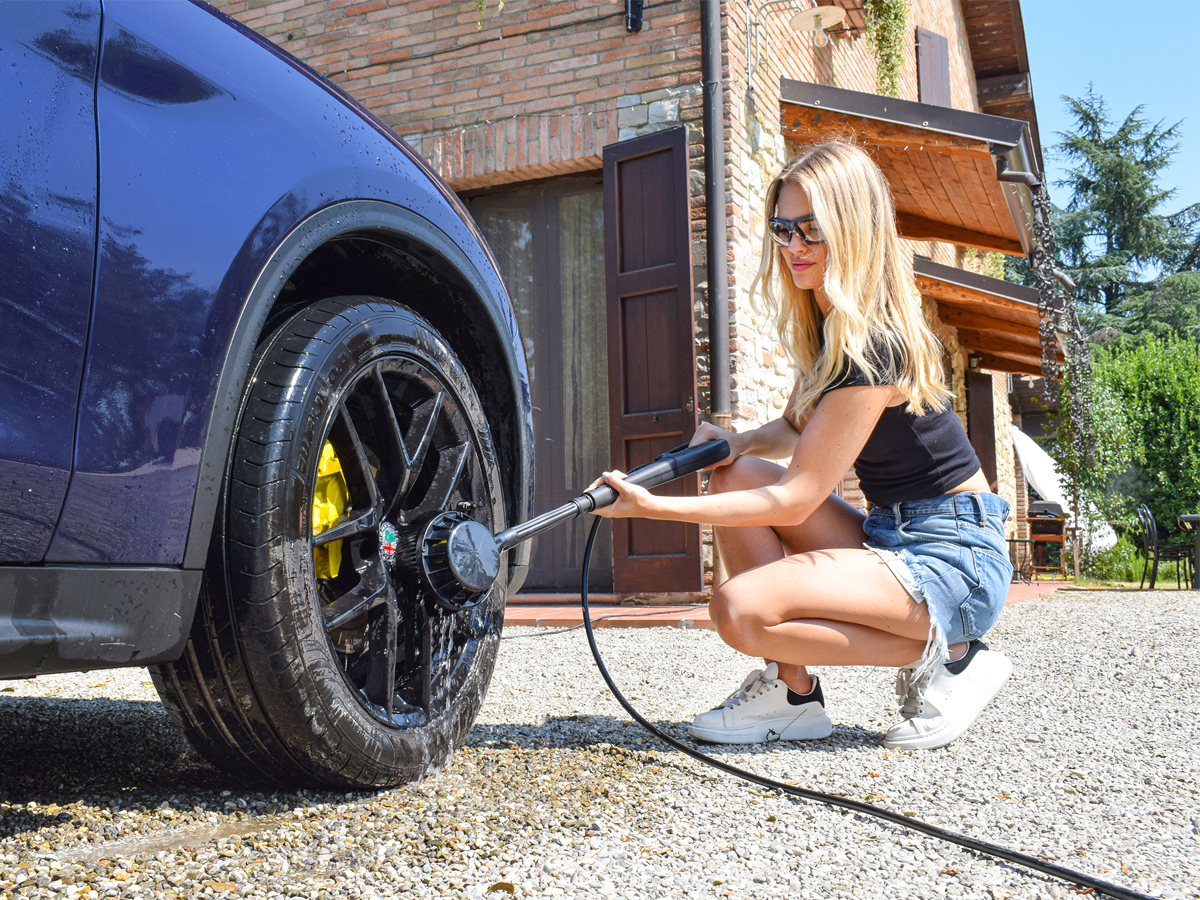How to remove limescale from your high-pressure cleaner?

Is your high-pressure cleaner no longer operating at peak performance? It could be the fault of limescale! In fact, the use of water with a high mineral content, especially in the case of a hot-water high-pressure
cleaner following the heating inside the boiler, can lead to the deposition of significant amounts of limescale, which affects its durability and performance.
Most common damage of limescale in high-pressure cleaners
The most common problems caused by limescale in high-pressure cleaners include:
-
reduction in the amount and pressure of the jet and, consequently, the cleaning effectiveness of the equipment;
-
damage to internal components, primarily the coil, but in general all internal parts made of metal material;
-
increase in energy expenditure: the decrease in cleaning efficiency actually results in the extension of the washing time with a consequent increase in its cost of use;
-
formation of limescale deposits on cleaned surfaces. In fact, limescale goes to join the water jet, soiling or damaging the areas on which it works.
All these issues can, in the long run, irreversibly impair the operation of the high-pressure cleaner. Therefore, it is important to go for early action, removing any limestone deposits and a periodic maintenance of the tool.
How to remove limescale from your high-pressure cleaner
Removing limescale from within a high-pressure cleaner can be a quick and easy process.
In the case of hobby products, simply rinse quickly the product and the accessories after each use, such as lances, nozzles, gun and filters, taking care to clean and dry them as best you can.
In the case of professional products, especially in the case of hot-water high-pressure cleaners:
-
Turn on the high-pressure cleaner for only a few seconds with the supply tap closed, this way all the water inside the pump is removed;
-
Then turn the high-pressure cleaner off, making sure the power outlet is unplugged from any power source;
-
Prepare a solution against limescale. In addition to common commercial cleaners, an environmentally friendly solution can be prepared directly at home by mixing equal parts white vinegar and warm water inside a tank or canister;
-
Connect the high-pressure cleaner to the tank or canister so that the prepared solution is fed into the hydraulic circuit. Turn on the high-pressure cleaner and use it for a few minutes. In this way, the anti-scale solution will flow within all components, thoroughly removing limescale;
-
Once the liquid inside the tank or canister has been used up, connect the high-pressure cleaner to the tap and rinse thoroughly with water.
For extra care of your high-pressure cleaner, remember to always carefully refer to the printed manual available inside the box or, where present, the PDF manual inside the product page on the Lavor website.
How to prevent limescale buildup inside a high-pressure cleaner
To always get the best performance from your cleaning equipment, it is important to carry out periodic maintenance. In addition, here are a few little tricks to put into practice each time you use it to prevent limescale buildup inside the equipment:
-
Avoid using water that is particularly rich in minerals. Otherwise, we recommend filtering it in order to decrease its internal limestone content or installing an ionic anti-scale device at the inlet (see optional Lavor catalogue);
-
Completely empty pump and accessories after each cleaning operation;
-
In the case of a hot-water high-pressure cleaner, always perform a final cold-water washing cycle to avoid stopping the machine with overheated water inside the coil.
-
Carry out regular cleaning of the equipment, especially if it is used frequently;
-
Clean the nozzle hole, removing any limescale residue with the pin provided;
-
Carry out periodic maintenance of your high-pressure cleaner. In particular, ensure that all components are fully functional, undamaged and free when water flows through;
-
If none of the previous solutions have solved the problem of limescale in your high-pressure cleaner, we recommend using commercially available special products.
By putting these simple tips into practice, you can avoid the occurrence of major scale buildup, preventing wear and tear on your high-pressure cleaner and always getting the best results with every use.
Some tips for a fast and effective maintenance of your high-pressure cleaner
If you have recently purchased your first high-pressure cleaner and don’t know where to start when it comes to good maintenance, here are some quick tips to put into practice right away:
-
After using your high-pressure cleaner do a quick rinse of your equipment and the accessories you used, such as lances, nozzles, gun, and filters. This will prevent dirt or limescale from settling, preventing malfunction;
-
Properly store accessories. Each high-pressure cleaner is equipped with a set of accessories that make it a highly versatile and excellent product, even under different conditions of use. In order to achieve maximum cleaning performance at all times, be sure to carefully store all components, preventing damage to them;
-
Schedule regular deep cleaning jobs. We recommend relying on the support of a specialized technician after 3 months/200 hours of use for a general check of the product, and after 6 months/500 hours of use to check the suction and control valves as well as the filters, nozzles and oil inside the pumps;
-
Monitor the water pressure, making sure it is properly set according to the characteristics of your model;
-
Read the instruction manual, to learn about the components, features and all the secrets of your semi-professional cleaning product.
Revolutionize your cleaning tasks by relying on your high-pressure cleaner: you get speed, versatility and excellent performance, without stress and fatigue, both in use and maintenance. Discover a new way to clean your surfaces and outdoor spaces with an affordable and sustainable solution.


